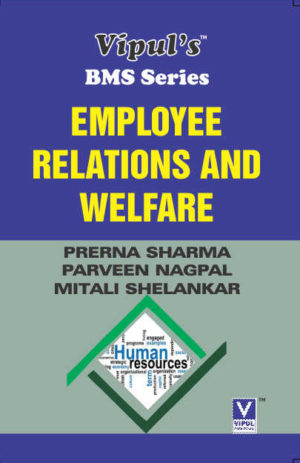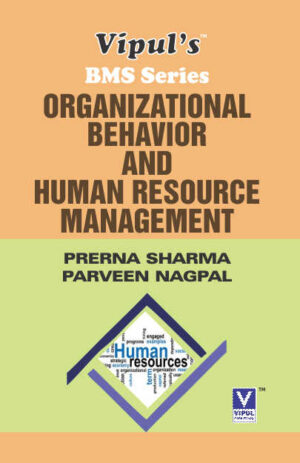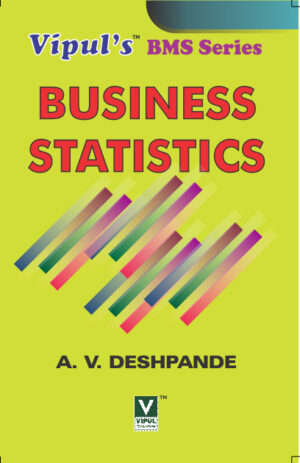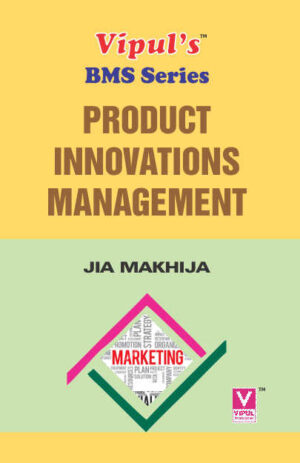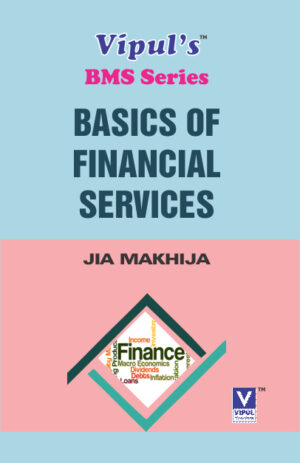Commodities and Derivatives Market (FS)
₹180.00
TYBMS — SEMESTER – V
Author: Farhat Fatma Shaikh
THIRD REVISED EDITION
Description
SYLLABUS
(1) Introduction to Commodities and Derivatives Market:
- Introduction to Commodities Market: Meaning, History and Origin, Types of Commodities Traded, Structure of Commodities Market in India, Participants in Commodities Market, Trading in Commodities in India (Cash and Derivative Segment), Commodity Exchanges in India and Abroad, Reasons for Investing in Commodities.
- Introduction to Derivatives Market: Meaning, History and Origin, Elements of a Derivative Contract, Factors Driving Growth of Derivatives Market, Types of Derivatives, Types of Underlying Assets, Participants in Derivatives Market, Advantages and Disadvantages of Trading in Derivatives Market, Current Volumes of Derivative Trade in India, Difference between Forwards and Futures.
(2) Futures and Hedging:
- Futures: Futures Contract Specification, Terminologies, Concept of Convergence, Relationship between Futures Price and Expected Spot Price, Basis and Basis Risk, Pricing of Futures Contract, Cost of Carry Model.
- Hedging: Speculation and Arbitrage using Futures, Long Hedge – Short Hedge, Cash and Carry Arbitrage, Reverse Cash and Carry Arbitrage, Payoff Charts and Diagrams for Futures Contract, Perfect and Imperfect Hedge.
(3) Options and Option Pricing Models:
- Options: Options Contract Specifications, Terminologies, Call Option, Put Option, Difference between Futures and Options, Trading of Options, Valuation of Options Contract, Factors affecting Option Premium, Payoff Charts and Diagrams for Options Contract, Basic Understanding of Option Strategies.
- Options Pricing Models: Binomial Option Pricing Model, Black – Scholes Option Pricing Model.
(4) Trading, Clearing and Settlement In Derivatives Market and Types of Risk:
- Trading, Clearing and Settlement In Derivatives Market: Meaning and Concept, SEBI Guidelines, Trading Mechanism – Types of Orders, Clearing Mechanism – NSCCL – its Objectives and Functions, Settlement Mechanism – Types of Settlement.
- Types of Risk: Value at Risk, Methods of Calculating VaR, Risk Management Measures, Types of Margins, SPAN Margin.




